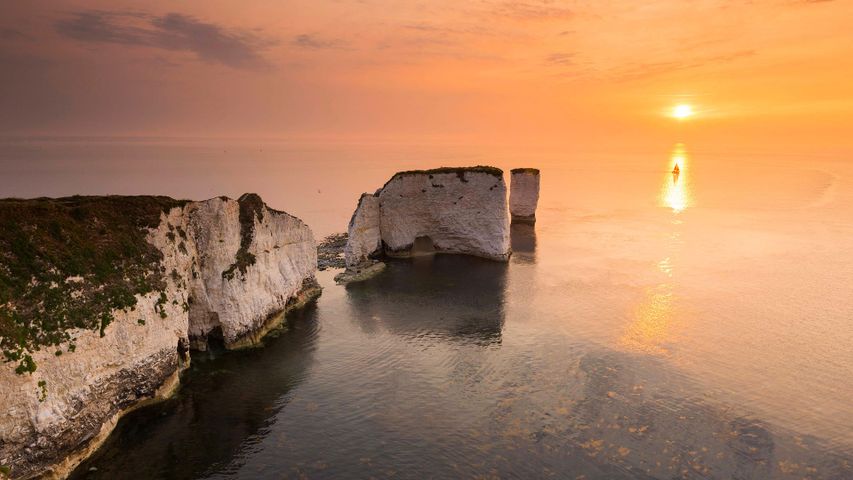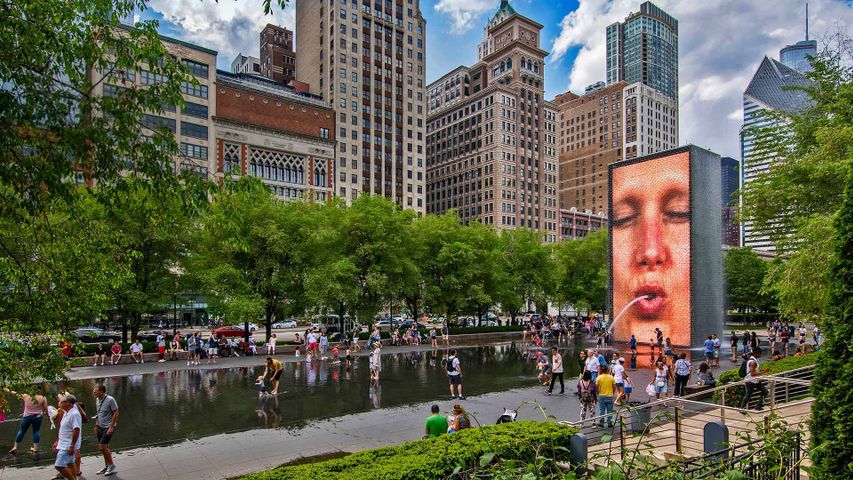Nossa Senhora da Graça Fort near Elvas, Portugal
© Luis Pina Photography/Shutterstoc
A fort takes a star turn
Perched on a hillside high above the hot, dry plains of eastern Portugal, the Nossa Senhora da Graça Fort has been called a masterpiece of 18th-century military architecture. The thick walls surrounding it are shaped in a star pattern, with pentagonal bastions jutting out from the curtain wall at the corners. We're looking at one of those bastions in the centre of our image.
A stone's throw from the Spanish border, the Nossa Senhora da Graça Fort was built to defend the garrison border town of Elvas. It's a region shaped by war. The Spanish laid siege to the area during the Portuguese Restoration War (1640-1668), but after the Nossa Senhora da Graça Fort was built a century later, the town was never defeated. With its 144 cannons, the fort resisted an attack by another wave of Spanish forces during the 1801 War of the Oranges and, 10 years later, drove back an invading French army during the Peninsular War.
Eventually the fort became a political prison, which it remained until 1974 when it was abandoned and fell into ruin. But it was restored after 2012, when Unesco recognised the entire historical centre of Elvas - including the Nossa Senhora da Graça Fort and the 16th-century Amoreira Aqueduct - as a World Heritage Site.
Related Images
Bing Today Images
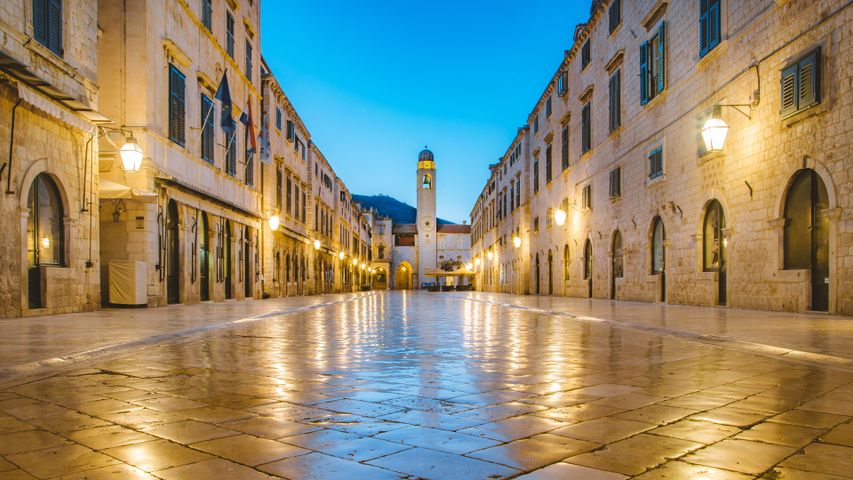

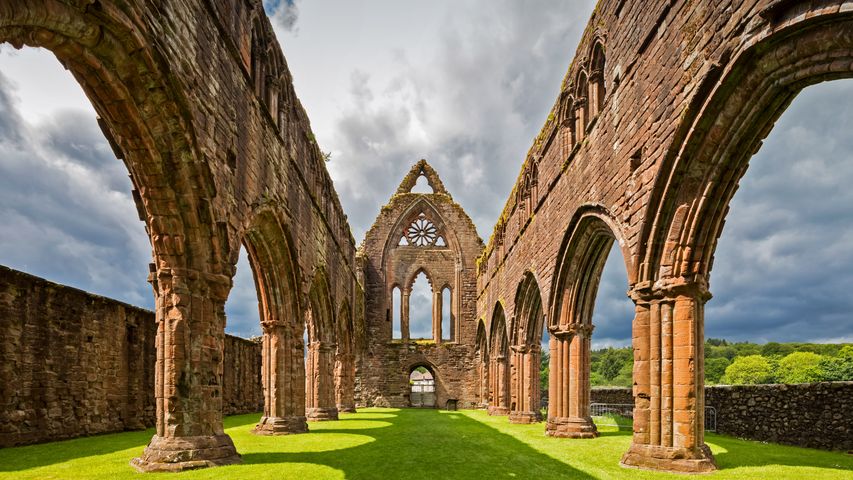
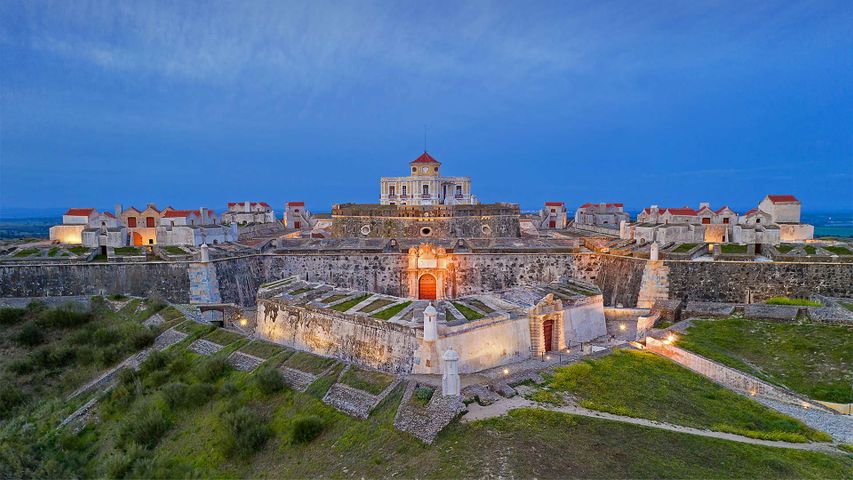
 Constitución railway station, Buenos Aires, Argentina
Constitución railway station, Buenos Aires, Argentina
 Fishing village of Tilting, Fogo Island, Newfoundland and Labrador, Canada
Fishing village of Tilting, Fogo Island, Newfoundland and Labrador, Canada
 Victoria Street in Edinburgh, Scotland
Victoria Street in Edinburgh, Scotland
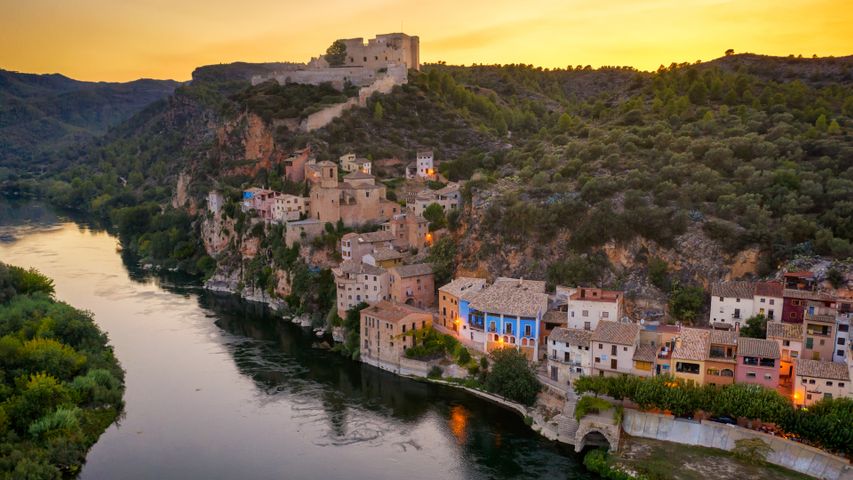 Miravet on the Ebro river, Tarragona, Catalonia, Spain
Miravet on the Ebro river, Tarragona, Catalonia, Spain
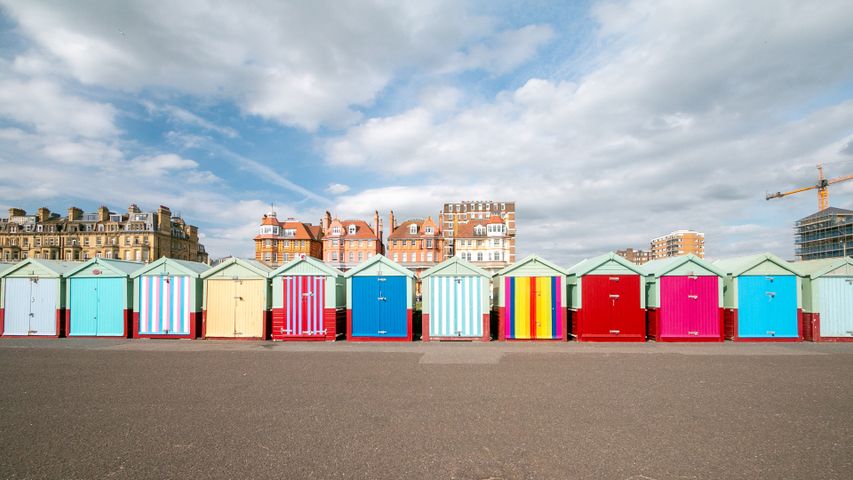 Beach huts in Brighton and Hove, England
Beach huts in Brighton and Hove, England
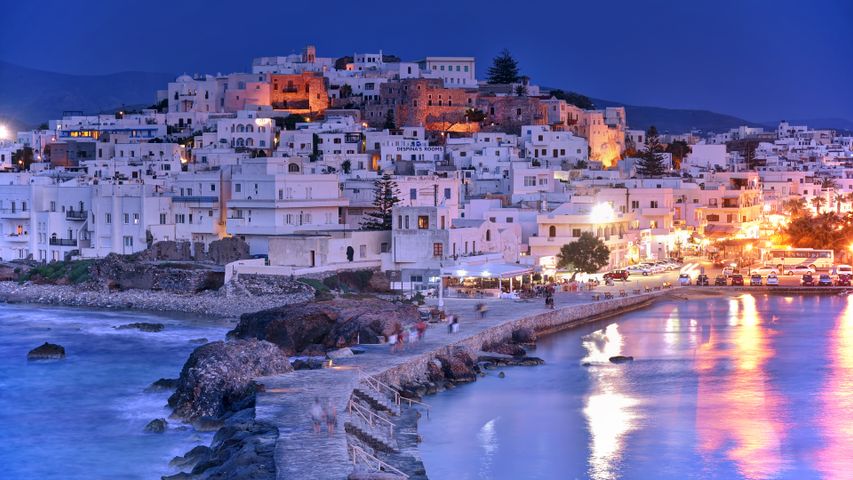 Blue hour in Naxos, Cyclades, Greece
Blue hour in Naxos, Cyclades, Greece
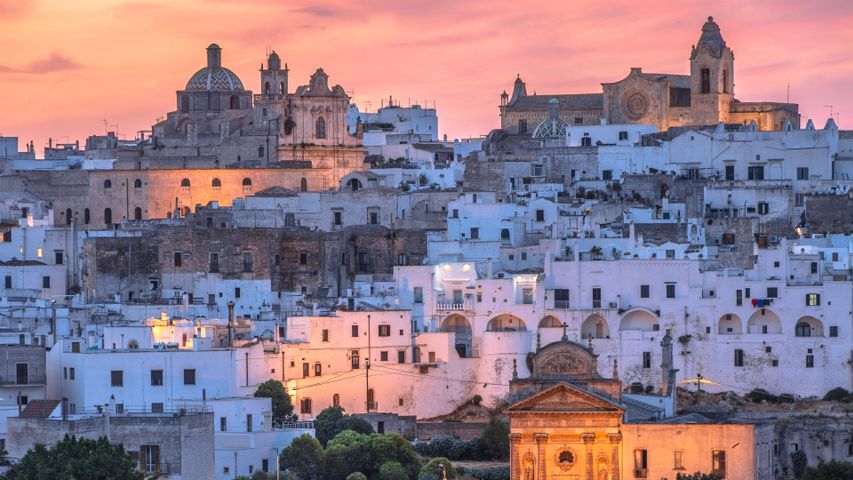 Ostuni, Apulia, Italy
Ostuni, Apulia, Italy
 Taktsang Palphug Monastery, Bhutan
Taktsang Palphug Monastery, Bhutan

